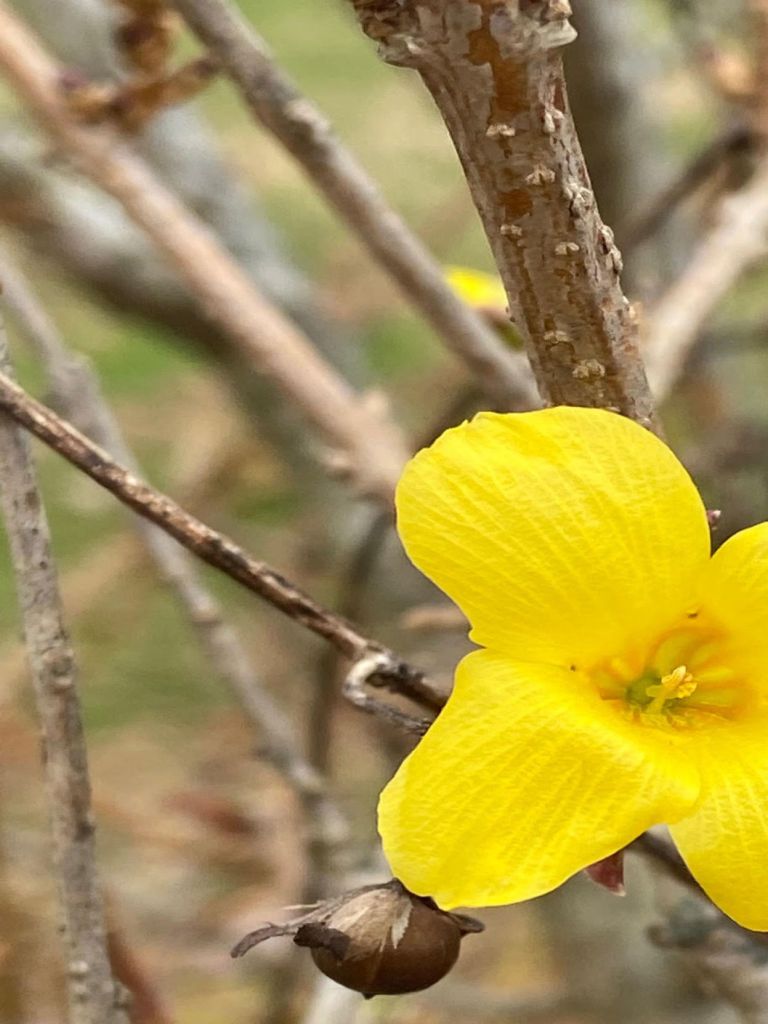THE FOLKLORE OF PLANTS: Forsythia
Published 12:15 am Sunday, January 15, 2023

- Flower
“Forsythia is pure joy. There is not an ounce, not a glimmer of sadness or even knowledge in forsythia.” – Anne Morrow Lindbergh
The Royal Navy was hurting at the end of the 18th century. It needed more ships to continue the war with Napoleon, but the trees in the Royal Forest were in poor condition.
Trending
The chief gardener at the Chelsea Physic Garden (established by London apothecaries to grow medicinal plants in 1673 and still in existence – chelseaphysicgarden.co.uk) created a “plaister” made of lime, dung, ashes, soapsuds, urine and other components that proved beneficial to the trees, even those “where nothing remained but bark.”
Eventually, a genus of flowering plants was named after the chief gardener – Scottish botanist William Forsyth.
Plant lore tells us: “Three snows after the forsythia blooms.” We know that’s no longer the case in this part of Kentucky, which doesn’t get the snow and ice storms some of us remember.
Forsythia’s cheery yellow blooms, which are associated with the sun, are still a welcome sight at the end of a gloomy winter. In the language of flowers, it says anticipation, and we certainly wait eagerly for them each year. Depending on the weather, it can bloom anywhere from November to February.
Introduced to Europe from the Orient in the early 1800s, Forsythia is a low-maintenance deciduous shrub in the olive family. American hybrids were introduced around the time of World War I.
To keep it from growing into a tangle and to encourage more blooms, cut one third of its branches down to the ground every third year. Cuttings have been known to root simply by being stuck in the ground.
Trending
Numerology associates it with the number four, connected with the four elements – earth, wind, fire, and water – as well as the four directions and the four seasons. The heart is the fourth chakra, so it is also related to emotions and compassion toward others.
In China, it is called lian qiao, and its seeds are valued for their antiviral, antibacterial, and antifungal properties; therefore, this treasured plant is both a flower and an herb.
A lovely Korean legend tells of a man who returned home after a long journey. Seeing his wife standing by a forsythia bush, he was struck anew by her beauty, and vowed never again to take her love for granted.
The Koreans used its branches as a bow for a stringed instrument called an ajaeng.
Bring some forsythia into your life, for pure joy.
– A reference librarian, Lisa Karen Miller has been gardening and researching plant lore for many years. Have plant lore to share? Email lisalisa13131313@gmail.com.







